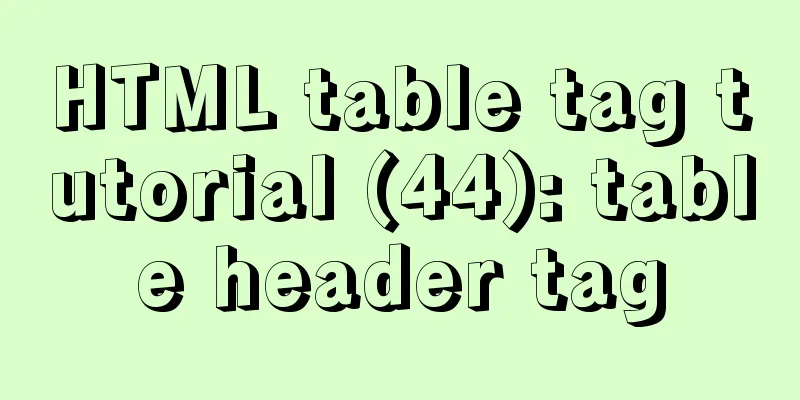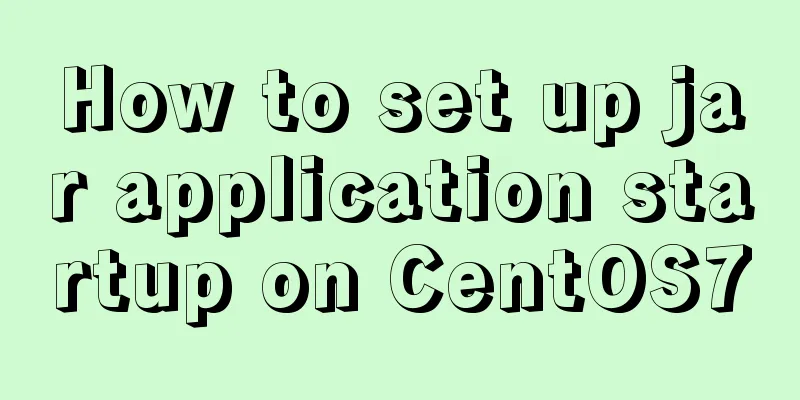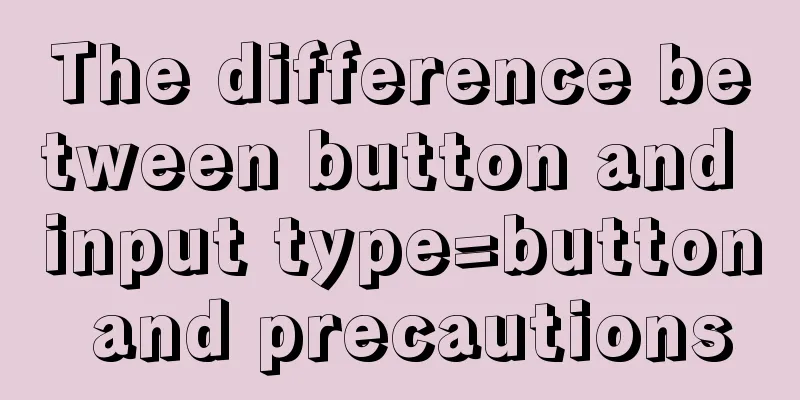Sharing some wonderful uses of wxs files in WeChat applet

PrefaceThe wxs file is the logic file in the applet, and it is used in conjunction with wxml. Unlike js, wxs can act directly on the view layer without the need for setData data interaction between the view layer and the logic layer; Because of this feature, wxs is very suitable for optimizing the frequent interactive operations of small programs; applicationFiltersIn the iOS environment, wxs runs much faster than js, and in Android, the two perform similarly. Using wxs as a filter can also improve performance somewhat; let's look at a filter to understand its syntax. wxs file: var toDecimal2 = function (x) {
var f = parseFloat(x);
if (isNaN(f)) {
return '0.00'
}
var f = Math.round(x * 100) / 100;
var s = f.toString();
var rs = s.indexOf('.');
if (rs < 0) {
rs = s.length;
s += '.';
}
while (s.length <= rs + 2) {
s += '0';
}
return s;
}
module.exports = toDecimal2The above code implements the function of retaining two decimal places in a number. wxml file: <wxs src="./filter.wxs" module="filter"></wxs>
<text>{{filter(1)}}</text>
Basic syntax: In the view file, it is introduced through the wxs tag, the module value is a custom name, and then the method can be called through the filter in wxml The above code shows the operation logic of wxs, allowing us to call methods in wxs like functions; Next, let's take a look at the performance of wxs in wxml page events. DragWhen using interactions (dragging, sliding up and down, sliding left and right, etc.), if you rely on the js logic layer, a large amount of frequent data communication will be required. Stuttering is inevitable; Use wxs files instead of interactions, and there is no need to frequently use setData, which causes large amounts of real-time data communication, thus saving performance. The following is a drag example wxs file: function touchstart(event) {
var touch = event.touches[0] || event.changedTouches[0]
startX = touch.pageX
startY = touch.pageY
}
The touches and changedTouches properties in the event parameter event and the event content in js are consistent function touchmove(event, ins) {
var touch = event.touches[0] || event.changedTouches[0]
ins.selectComponent('.div').setStyle({
left: startX - touch.pageX + 'px',
top: startY - touch.pageY + 'px'
})
}ins (the second parameter) is the view layer wxml context that triggers the event. You can find all elements on the page and set style and class (enough to complete the interactive effect) Note: There is also a context instance in the event parameter; the instance instance in event is scoped to the element that triggers the event, while the ins parameter of the event is scoped to the component that triggers the event. module.exports = {
touchstart: touchstart,
touchmove: touchmove,
}Finally, throw the method out and reference it to the wxml file. wxml file <wxs module="action" src="./movable.wxs"></wxs>
<view class="div" bindtouchstart="{{action.touchstart}}" bindtouchmove="{{action.touchmove}}"></view>
The above examples explain the basic interactive usage of events. Passing references between filesIn event interaction, it is necessary to pass parameters between various files. The following are some of the more commonly used wxs passes parameters to js logic layerIn the wxs file: var dragStart = function (e, ins) {
ins.callMethod('callback','sldkfj')
}In the js file: callback(e){
console.log(e)
}
//sldkfjUse the callMethod method to execute the callback method in js. It is also possible to pass parameters;
js logic layer passes parameters to wxs fileIn the js file: handler(e){
this.setData({a:1})
}wxml file: <wxs module="action" src="./movable.wxs"></wxs>
<view change:prop="{{action.change}}" prop="{{a}}"></view>
In the wxs file: change(newValue,oldValue){}The parameters in the js file need to be transferred to wxs through the wxml file. The js file triggers the handler event. After changing the value of a, the latest a is passed to wxml. Prop changes in wxml will trigger change events in wxs. The latest prop value will be received in change Get dataset in wxs (get wxml data in wxs)Code in wxs var dragStart = function (e) {
var index = e.currentTarget.dataset.index;
var index = e.instance.getDataset().index;
}It is mentioned above that e.instance is the element instance that currently triggers the event. So e.instance.getDataset() gets the dataset that currently triggers the event. Notewxs and js are two different scripting languages. However, the syntax is basically the same as es5, but it does not support es6 syntax; getState is very practical in multi-element interaction, welcome to explore. I don't know if it is a supported syntax. I can jump to the official website document; wxs operators, statements, basic class libraries, data types SummarizeThis is the end of this article about some wonderful uses of wxs files in WeChat mini-programs. For more relevant content on the wonderful uses of wxs files in WeChat mini-programs, please search for previous articles on 123WORDPRESS.COM or continue to browse the related articles below. I hope you will support 123WORDPRESS.COM in the future! You may also be interested in:
|
<<: Sample code for modifying the input prompt text style in html
>>: Why web page encoding uses utf-8 instead of gbk or gb2312?
Recommend
PNG Alpha Transparency in IE6 (Complete Collection)
Many people say that IE6 does not support PNG tra...
Linux Samba server super detailed installation and configuration (with problem solving)
Table of contents Introduction to Samba Server Sa...
CSS margin overlap and how to prevent it
The vertically adjacent edges of two or more bloc...
Tutorial on deploying multiple servers with WebApi and configuring Nginx load balancing
01PARTCoreWebApi tutorial local demonstration env...
Pitfalls encountered when installing MySQL 5.7.17 compressed version under Windows
First download the latest MySQL 5.7.17 Community ...
React Hooks Detailed Explanation
Table of contents What are hooks? Class Component...
Linux kernel device driver kernel debugging technical notes collation
/****************** * Kernel debugging technology...
Ubuntu builds Mysql+Keepalived high availability implementation (dual-active hot standby)
Mysql5.5 dual machine hot standby Implementation ...
JavaScript to achieve magnifying glass effect
This article shares the specific code for JavaScr...
Toolkit: A more powerful front-end framework than Bootstrap
Note: Currently, the more popular front-end frame...
Example of how to deploy a Django project using Docker
It is also very simple to deploy Django projects ...
How MySQL uses transactions
Basics A transaction is an atomic operation on a ...
Detailed explanation of computed properties in Vue
Table of contents Interpolation Expressions metho...
Box-shadow and drop-shadow to achieve irregular projection example code
When we want to add a shadow to a rectangle or ot...
HTML Basics: HTML Content Details
Let's start with the body: When viewing a web ...









